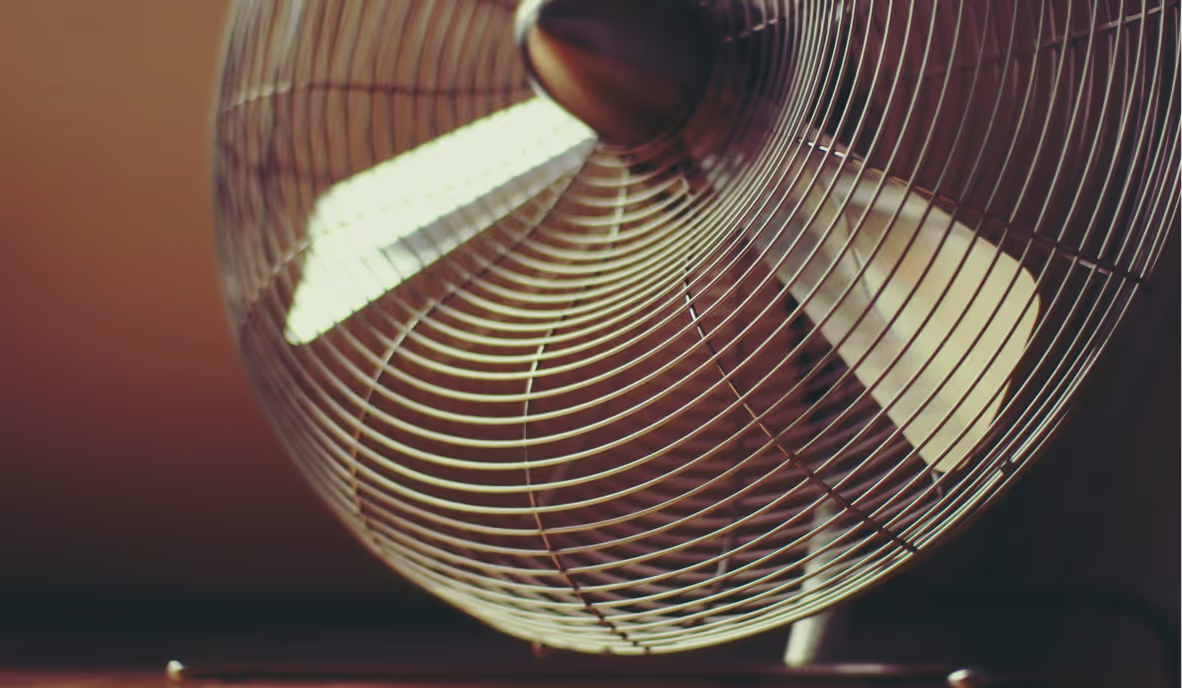5 Tips to Clean and Prepare Your AC for Summer

Join the community





Temperatures are on the rise everywhere, and so is our reliance on air conditioners (ACs) to stay cool and comfortable. In some places, especially for people in the south, AC has even become a must-have.
Ironically, air conditioners are also responsible for the rising temperatures. A typical AC takes indoor heat and pushes it outdoors. It uses energy to do so, and this energy mostly comes from fossil fuels, which emit greenhouse gases and are primarily responsible for the climate crisis.
So while a lot of us can’t do without an AC, we can take steps to make it more efficient. This would reduce emissions and bring down our energy bills.
{{cta-join2}}
How to save money and emissions from your AC
Optimizing your AC's thermostat is the easiest way to cut costs and emissions. Contrary to popular belief, setting your air conditioner to a lower-than-normal temperature won't cool your home faster.
An air conditioner can typically cool your home to 15 to 20°F lower than the outdoor temperature. Setting it to a higher difference will only increase energy use, leading to higher emissions and bills.
Energy Star recommends setting your thermostat at 78°F when you're home during the summer day, but this might be too warm for some.
If you choose to lower the temperature, keep in mind that for every degree above 72°F that you raise your thermostat, you can save 3 to 5 percent on your energy bill.
In addition to thermostat management, preparing your AC for summer by cleaning and servicing it can boost its efficiency, further reducing emissions and energy costs.
How to clean and prepare your AC for summer
Let’s start with the most basic one:
Clean and change your air conditioner filter
If you're wondering how to change or clean your air conditioner filter and how frequently you should change it, you’ve come to the right place.
Start the season by replacing dirty air filters, which you can find in the air handler cabinet or the air return vent. Use the size markings on the old filter to buy a new one. If your home’s air return has a filter, it's likely to be dirtier than the one in the air handler cabinet. After locating the filter, replace it with a new one for improved airflow and efficiency.
Inspect and clean vents
Keeping your air vents clean can boost your AC's efficiency and improve air quality in your home. So, grab your vacuum and clear out any dust, pet hair, or debris from your air vents. This plays a key role in maintaining a steady airflow and keeping your system running smoothly.
Inspect the AC condenser unit pad
Next, take a moment to inspect the condenser pad outside. It's not just a resting spot for the outside unit but it helps reduce vibration and keeps the outside unit level. If you notice any cracks or it seems to be on a slant, it might be time for a fix. A little attention to these areas can go a long way in ensuring your AC system is efficient and effective.
Clean debris around the condenser
The outside unit of your AC, which helps dissipate indoor heat, can often attract debris. By regularly clearing away any leaves, twigs, or other materials from and around the outside unit, you can ensure it operates efficiently. A little care goes a long way in keeping you cool and your energy bills in check.
Clean ducts, if necessary
AC ducts run within your walls, floors, or ceilings and carry air to and from the unit. These ducts don’t require regular cleaning, as per EPA, but keep an eye out for specific triggers that might warrant a clean-up. If you start noticing any strange smells, signs of mold or mildew, or if you've just had some indoor remodeling done that's kicked up a lot of dust, then it might be time to clean those ducts.
Install a heat pump
Investing in a heat pump is another option. A heat pump operates similarly to an air conditioner. It extracts heat from a source like the surrounding air or ground, amplifies it, and transfers it to where it is needed. This makes them more energy efficient and cheaper to run than conventional technologies like boilers or electric heaters.
By installing a heat pump, you can save 1-7 metric tons of carbon emissions every year. For reference, a US to Europe international flight adds one metric ton to your carbon footprint, and going vegan reduces your carbon footprint by one metric ton.
Installing heat pumps can also save on your tax bill.









.jpg)


